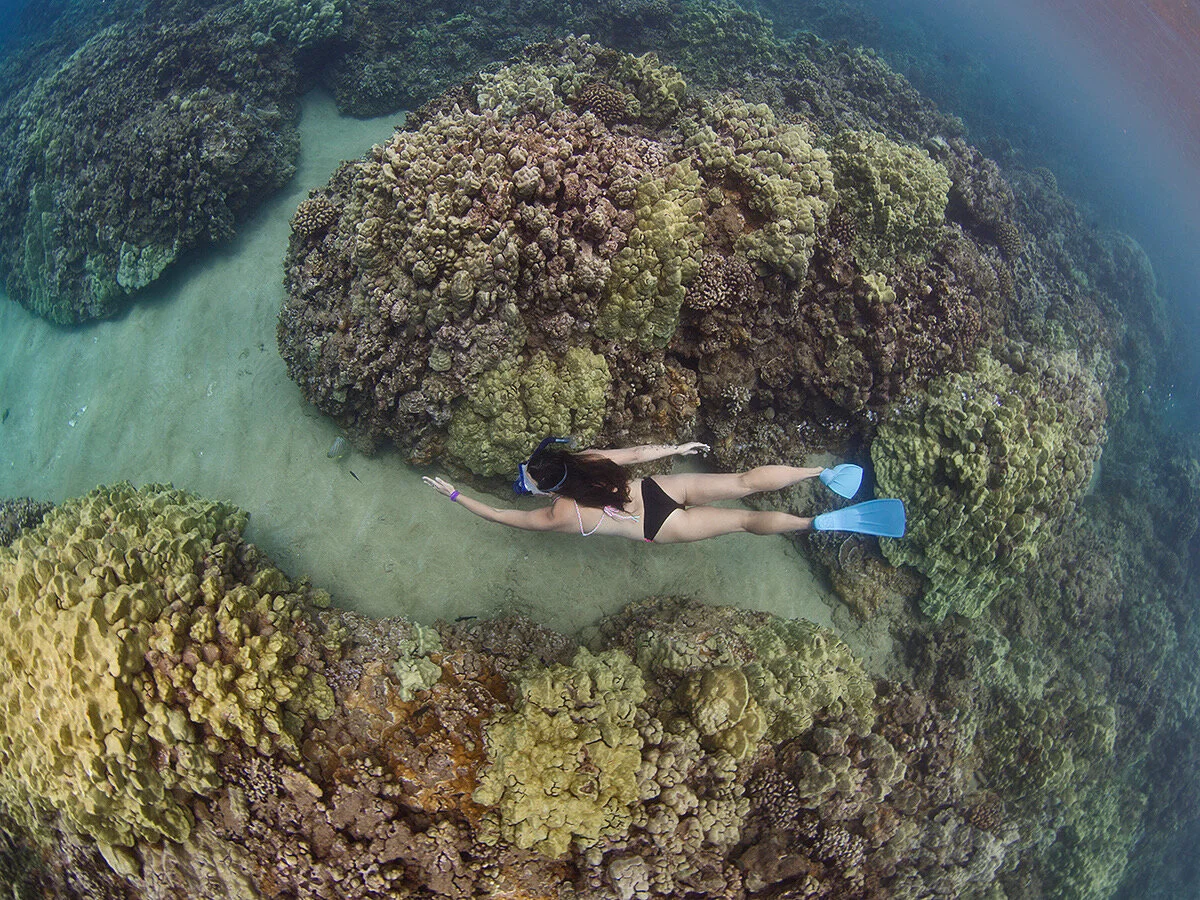The Stained History of Inkwell Beach in Santa Monica
While working on my story of "Paddle out for George Floyd", I learned the history of systemic racism unfolded in the very spot I call my home beach. The Inkwell, was a small two block area of beach in Santa Monica, south of the pier. It was a place of celebration and pain, the only beach where African-Americans could go and not get hostilely harassed or encounter violence.
In 1922, white homeowners and businessmen formed the Santa Monica Bay Protective League (supported by public officials) in an attempt to purge African Americans from the city’s shoreline by blocking a wealthy African American investment group led by Norman O. Houston and Charles S. Darden, from developing a resort with beach access at the base of Pico Blvd. It’s where modern day Shutters on the Beach stands.
The Inkwell in Santa Monica from “Shades of L.A.” collection, Los Angeles Public Library, 1928
After black investors were forced to abandon the plan, the property reverted to white ownership. Soon extravagant and exclusive clubs with fenced in beaches began going up in the area, including the lavish Hotel Casa del Mar Club In 1924.
Santa Monica was also home to Nick Gabaldon, the first African/Mexican American surfer documented in Southern California. In his teens, Nick taught himself how to surf at The Inkwell.
In search of waves, he tried to hitchhike (which was not unusual in the 1940s) up to Malibu, but no one would pick him up, so he paddled the 12 miles north on a huge heavy wooden board, to be able to surf Malibu. Which is insane if you think about it. He had to paddle 12 miles just to be able to sit in the line up, because of the color of his skin.
With the ocean and surfing as the great equalizer, he became friends with many Malibu surf legends which was unheard of during the Jim Crow era of segregation.
The Santa Monica native died in 1951 at the age of 24, after trying to shoot the Malibu pier during a big swell, but his legacy lives on as a surfing pioneer.
June 1st was Nick Gabaldon Day, and I wondered what he would have thought of the recent protests. Nearly 80 years later, Systemic racism is still as pervasive as it was, just in different forms.
For a good breakdown of what that looks like, watch Act.TV explainer on systemic racism:












